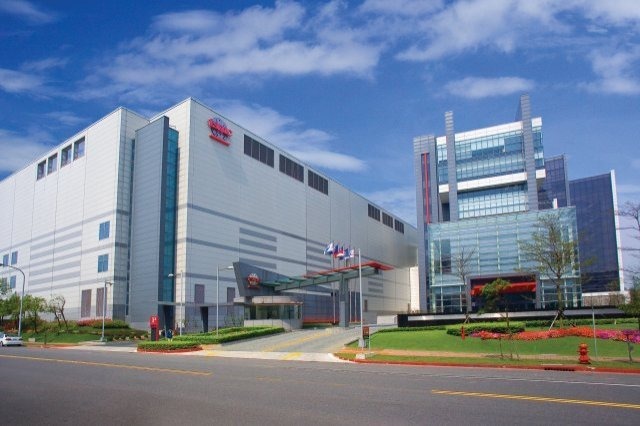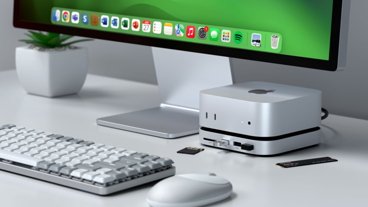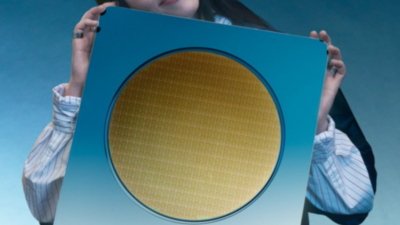A report claims Apple will rely solely on Taiwan Semiconductor Manufacturing Company to produce the next-generation system-on-chip design destined to power this year's iPhone hardware refresh, beating out longtime Apple partner Samsung.
Citing industry sources, the Electronic Times says TSMC has won exclusive rights to manufacture Apple's new chip, to be called "A10" if naming conventions continue, reports Reuters. The Taiwan-based firm supposedly beat Samsung in the race to scale 10-nanometer process technology.
Today's report jibes with recent rumors and analysis suggesting TSMC's advanced InFO (integrated fan out) architecture out classed Samsung capabilities. InFO tech stacks embedded chips on top of each for direct mounting on a circuit board, reducing thickness and weight.
If true, the change would be a massive shift from Apple's current supply chain strategy. Estimates peg Samsung production of A9 chip production at as much as 70 percent, with TSMC picking up the slack.
Apple is widely expected to launch a redesigned "iPhone 7" during the usual fall iPhone update window. While the current A9 SoC is an extremely capable processor, it might not be enough to support the dual rear-facing cameras Apple is rumored to include in this year's flagship handset. Other high-end features thought to debut alongside iPhone 7 include wireless charging, a potential shift away from the aging 3.5mm headphone jack and a thinner chassis.
While the "A10" chip is likely bound for iPhone, more powerful variants are expected to power next-gen iPad models. Supplier breakdowns for those specialized SoCs has not been revealed.
 Mikey Campbell
Mikey Campbell








 Sponsored Content
Sponsored Content
 Wesley Hilliard
Wesley Hilliard
 AppleInsider Staff
AppleInsider Staff
 Andrew Orr
Andrew Orr
 Amber Neely
Amber Neely

 William Gallagher
William Gallagher









28 Comments
Next week, Samsung will 'intentionally' let slip that they have won the contract.. just to keep their stock price from bottoming out even more... Then a few weeks later, TSMC will contradict it.. ... and so it will go for months..
“While the current A9 SoC is an extremely capable processor, it might not be enough to support the dual rear-facing cameras…”
Stitching together multiple images indeed can take a fair amount of CPU/GPU. But it needn't happen instantaneously, and very likely, specialized circuits will be involved, reducing the burden on the CPU. That processing might likely be well less than 1% of what users want to do, and not too time-critical (unless it's going to be used on videos), so something else will drive the next stage of processor speed. Applications/uses that might be more bottlenecked would be a denser screen that'd look better in a “Cardboard” or similar VR/AR use, more intensive games, possibly advanced video codecs. Not audio; not displaying video, both of which are handled easily today. Maybe faster browsing, a CPU (not esp GPU) job.
They already won the contract for the Snapdragon 820. Sounds to me like the capacity Apple left has already been filled.